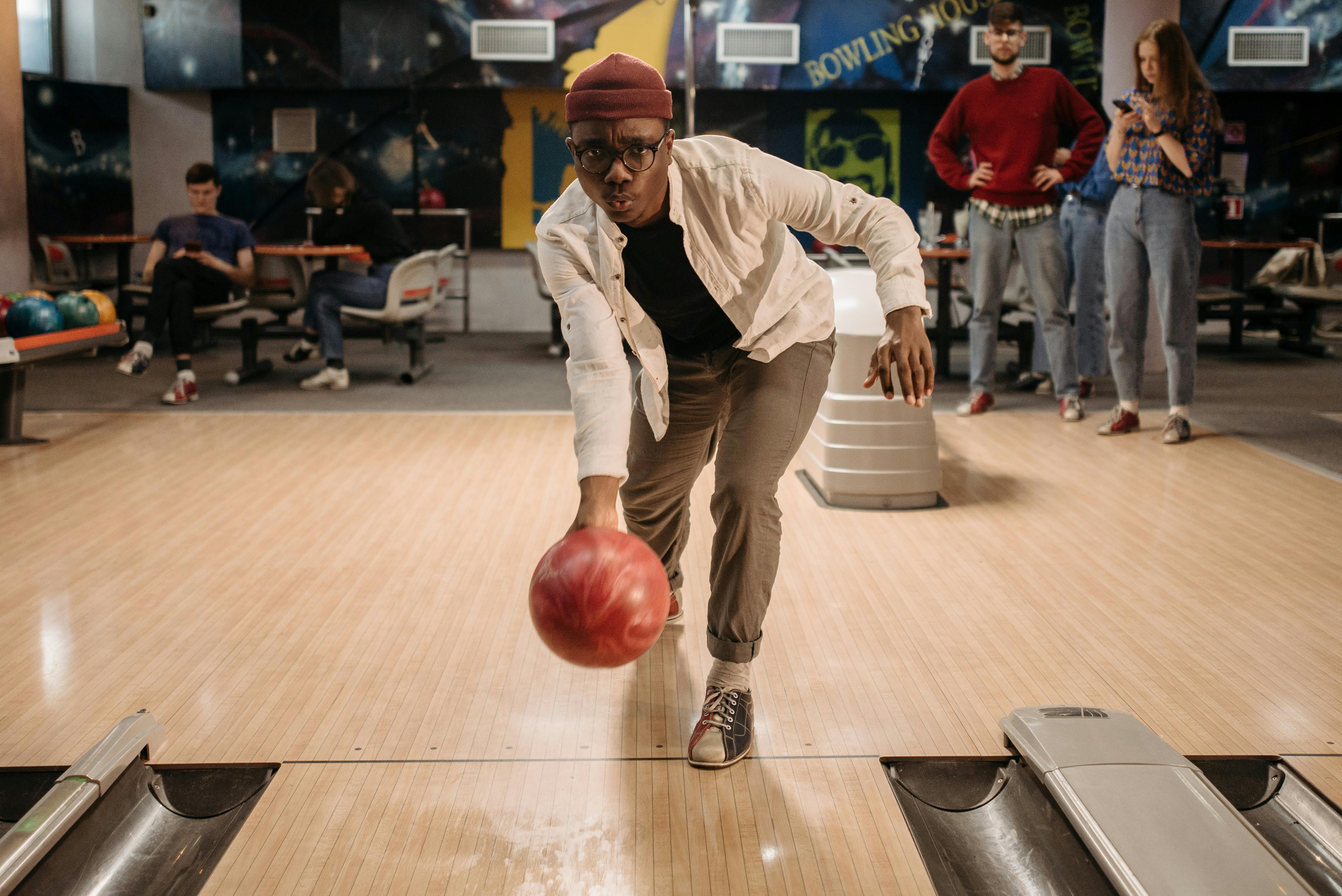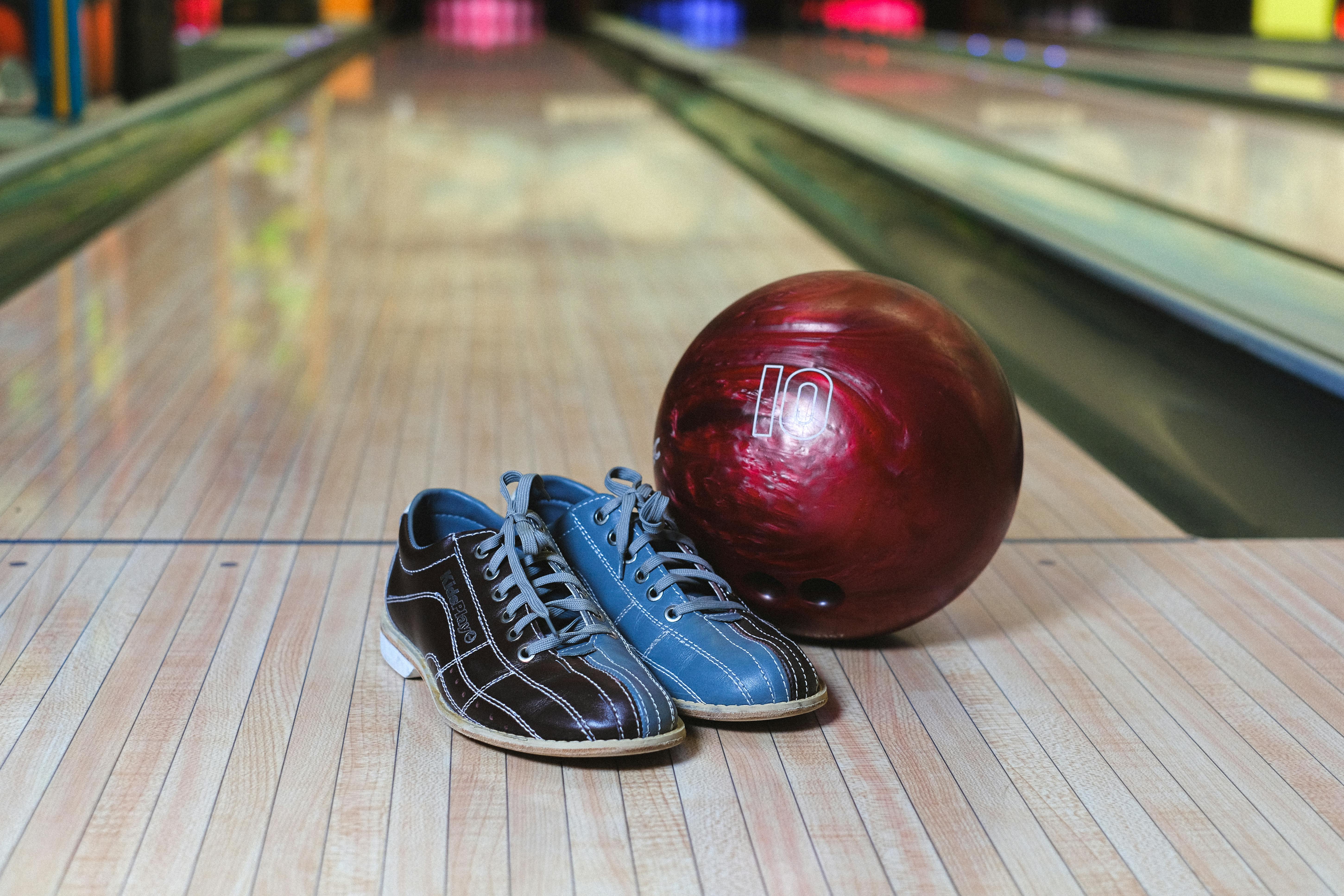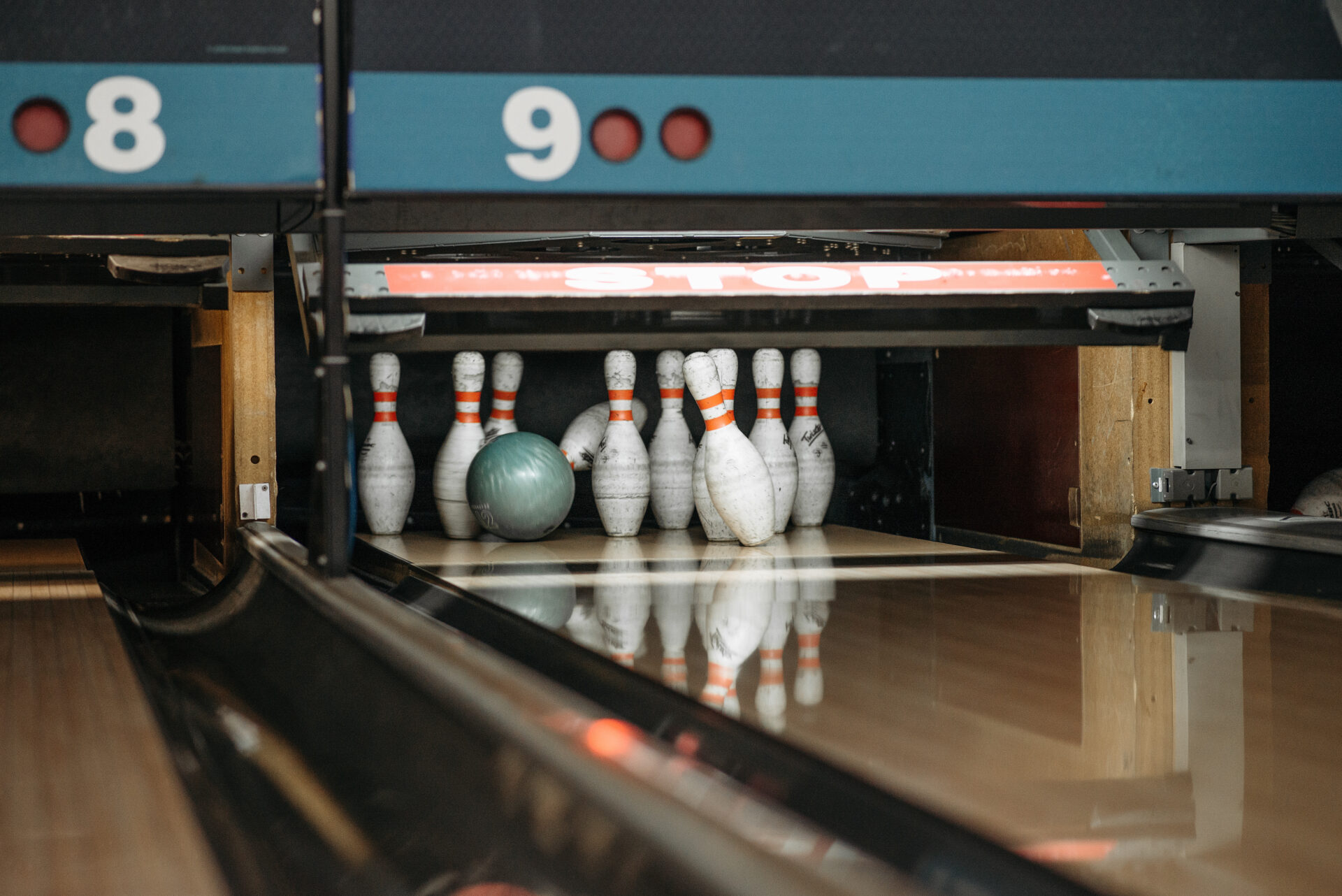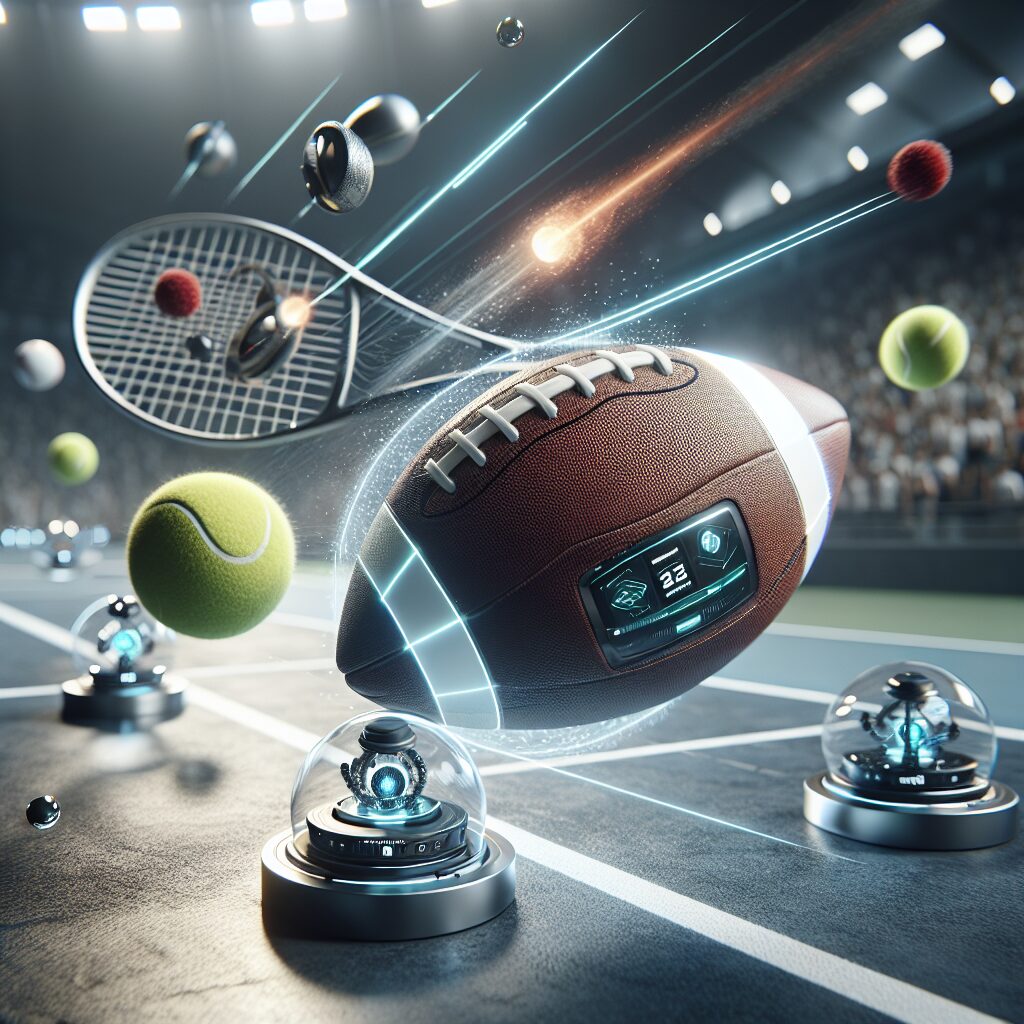Bowling is a popular sport enjoyed by people of all ages. But to play the game, you need the right supplies, like a bowling ball. There are many different types of bowling balls available and they can range in price from just a few dollars to hundreds of dollars. In this article, we will look at how much a bowling ball typically costs and some factors that can influence its price.The cost of a bowling ball can vary depending on the type and quality of the ball. Generally, a basic bowling ball can range from around $50-$150, while a more advanced bowling ball can range from $100-$250 or more.
Types of Bowling Balls and Their Prices
There are a variety of bowling balls available on the market, each suited to different skill levels and price points. For the beginner bowler, a plastic ball is the most economical choice, and they range in price from around $20 to $50. This type of ball is ideal for those just learning the game, as it is easy to control and less likely to cause damage to the lanes.
For more experienced bowlers, reactive resin balls are recommended. These balls offer more hook potential than plastic balls, allowing them to make sharper turns on the lane and generate more power. Reactive resin balls typically cost between $80 and $150.
For serious competitive bowlers, urethane or particle coverstock bowling balls are an excellent option. These types of balls offer better response on the lane than either plastic or reactive resin options, giving bowlers greater control over their shots. Urethane bowling balls range in price from around $100 up to about $200.
Finally, some high end models come with special features such as extra grip or enhanced reactivity on the lane. These specialty bowling balls can cost anywhere from $200 up to over $300 depending on the features they offer. Ultimately, choosing the right type of bowling ball comes down to personal preference and budget – but whatever option you choose, you’ll be sure to improve your game!
Factors Affecting the Price of a Bowling Ball
The price of a bowling ball can vary greatly depending on several factors. The type of material used in the construction of the ball, the type of finish applied to the surface, and any additional features or accessories all affect the final cost. Additionally, brand name, quality control standards, and availability also play a role in determining the price.
The type of material used to make a bowling ball affects its price significantly. Urethane or reactive resin balls tend to be more expensive than plastic ones because these materials provide a better grip on the lane and more consistent reaction. They also last longer than plastic ones and are easier to clean.
The type of finish applied to bowling balls also affects their price. A dull finish is usually cheaper than a polished one because it reduces skid and increases traction on the lane surface. However, polished finishes are more aesthetically pleasing and tend to be more expensive due to their increased difficulty in manufacturing.
Additional features such as finger inserts or thumb slugs can also increase the cost of a bowling ball. Finger inserts help improve accuracy by providing additional support for holding and releasing the ball correctly while thumb slugs provide extra comfort when gripping the ball during release.
Brand name is another factor that determines the cost of bowling balls. Generally speaking, higher-end brands are more expensive because they have stricter quality control standards as well as increased availability due to wider distribution networks.
Finally, availability can also affect how much people pay for bowling balls. If there is limited stock available or if it is not easily accessible then customers may have to pay a premium for them as opposed to if they were readily available at local sporting goods stores or online retailers.
In conclusion, there are many factors that influence how much people pay for bowling balls including material used in construction, finish applied to surface, additional features or accessories, brand name, quality control standards, and availability.
Where to Buy a Bowling Ball
When it comes to finding the right bowling ball, there are numerous options available. Whether you’re looking for a new or used ball, there are several places to purchase one. Some of the most popular places to buy bowling balls include pro shops, retail stores, and online retailers.
Pro shops are the best place to buy a bowling ball because they offer expert advice and customized services. The staff at pro shops specialize in fitting you with the proper equipment and helping you choose the best ball for your style of play. Pro shops also provide drilling services, where they can drill holes into your new ball to customize it for your hand size and finger position.
Retail stores like Dick’s Sporting Goods or Big 5 Sporting Goods are another option when buying a bowling ball. These stores typically carry a wide selection of balls from different manufacturers and can provide helpful advice about choosing the right one for you. However, these stores may not be able to provide customized services like pro shops do.
Finally, online retailers such as Amazon or eBay have become increasingly popular places to buy bowling balls in recent years. These websites offer a wide selection of balls at discounted prices from many different manufacturers. Additionally, customers can easily compare prices between different vendors without having to travel around town searching for the best deal.
No matter which option you choose when buying your bowling ball, make sure that it fits your hand comfortably and that it is suited for your style of play. Doing some research ahead of time can help ensure that you make an informed decision when purchasing your new equipment.
How to Choose the Right Bowling Ball for You
Choosing the right bowling ball can be a daunting task, particularly if you are new to the sport. There are several factors that should be taken into consideration when selecting a bowling ball, such as weight, material, size, and design. Weight is one of the most important things to consider when selecting a bowling ball. The weight of the ball will affect its speed and trajectory when thrown. Generally, heavier balls are used by more experienced bowlers while lighter balls are used by those who are just starting out. The material of the ball also affects its performance. Most bowling balls are made from polyester or urethane, both of which have their own unique characteristics and advantages.
The size of the bowling ball is also something that should be taken into consideration. Most adult bowlers use a 16-pound or 14-pound ball while children often use an 8-pound or 10-pound ball. The size of the ball affects its speed and how well it fits in your hand. Finally, consider the design of the bowling ball. Some designs may help improve your game by providing more control while others may make it easier to hook the ball for greater accuracy. Consider all these factors before choosing a bowling ball so you can find one that is best suited for your skill level and style of play.

Weight
Choosing the right weight for your bowling ball is essential to ensure you can control your shots. The general rule of thumb is to select a ball that weighs between 10 and 16 pounds. If you are a beginner, it’s best to go for one on the lighter side. As your skill level increases, you can move up to a heavier ball. It’s also important to remember that a ball that is too light can cause wrist and arm strain, so choose wisely.
Coverstock
The coverstock of a bowling ball is the outer layer that comes in contact with the lane. It affects the way your ball reacts when it hits the pins and can make a huge difference in terms of scoring potential. Generally, there are three types of coverstocks: plastic, urethane, and reactive resin. Plastic is great for beginners because it provides more control over shots, while urethane and reactive resin offer more hook potential and are better suited for advanced bowlers.
Drilling Pattern
The drilling pattern on a bowling ball is important because it determines how the ball will react when released down the lane. A proper drilling pattern will help you control your shots better and score higher. When selecting a drilling pattern, you should consider factors such as your speed, rev rate, axis tilt, and axis rotation. If you’re not sure which one is right for you, consult with an experienced pro shop operator who can help you find the perfect fit.
Price
Price is always an important factor when selecting any kind of sporting equipment or apparel, but especially when it comes to bowling balls. The price will depend on factors such as brand name, quality of materials used in construction, and special features like surface finish or core type. Generally speaking, higher quality balls tend to be more expensive than lower quality ones so make sure you do some research before making any purchases.
The Benefits of Owning Your Own Bowling Ball
Bowling is a fun and easy activity for all ages, and owning your own bowling ball can make it even more enjoyable. Having your own ball allows you to customize it to fit your hand size, grip, and bowling style. Additionally, if you bowl often, you can save money in the long run by investing in a quality ball instead of renting over and over. Here are some of the benefits of owning your own bowling ball:
Customizable: When you purchase a bowling ball, you will be able to customize it to fit your hand size and grip. This will give you more control over how the ball moves when it is released from your hand. Additionally, if you have an experienced pro shop technician drill the holes in the ball for you, they will be able to tailor make the holes to perfectly fit your hand size and grip.
Cost-Effective: Many people who bowl on a regular basis find that it is much more cost effective to purchase their own bowling ball rather than renting one each time they go. The initial cost may be higher than renting a bowling ball, but over time it will pay for itself because you won’t have to keep paying for rentals. Additionally, if you take care of your own ball properly, it should last for many years.
Keeps Score: If you want to keep track of how well (or not so well) you are doing when playing a game of bowling, then owning your own ball gives you the ability to do just that! Most modern-day bowling balls come equipped with score keeping technology that allows them to track each pin knocked down during each frame. This makes keeping score much easier than having to manually keep track yourself.
Better Performance: Owning your own bowling ball gives you an advantage when playing because it allows for better performance. Having a customized fit means that the ball will roll better off your hand when released which can improve accuracy and consistency of shots. Additionally, using quality materials like urethane or resin will give better performance than using cheaper materials like plastic or rubber.
Overall, owning your own bowling ball has many benefits including being customizable, cost-effective, allowing for score keeping capabilities as well as providing better performance when playing. It’s definitely worth looking into purchasing one if you plan on playing regularly!
Choosing the Right Weight
When selecting a bowling ball, the most important factor to consider is the weight of the ball. The best way to determine which weight of ball is right for you is to get a professional fitting at your local bowling alley or pro shop. A professional will measure your arm span and use this measurement to determine which weight of ball will be most comfortable for you. They can also help you select a ball with an appropriate grip size and drilling pattern for your hand size and bowling style.
Material Considerations
Bowling balls are made from various materials, including plastic, urethane, reactive resin, and particle. Each material offers different performance characteristics, so it’s important to choose one that suits your particular style of play. Plastic balls are good for beginners because they offer more control and don’t require as much skill to use effectively. Urethane and reactive resin balls are better suited for advanced bowlers who need more hook potential from their equipment.
Knowing Your Bowling Style
It’s also important to know what kind of bowler you are before selecting a bowling ball. Different styles of bowlers require different types of bowling balls. For instance, a power bowler needs a bowling ball with a higher hook potential than a cranker or stroker would need. Knowing what kind of bowler you are can help you narrow down your choices when selecting a bowling ball.
Finding Quality Equipment
Finally, it’s important to purchase quality equipment that fits your budget. Look for reputable brands that have been in the business for awhile. Read reviews online or ask friends and family members about their experiences with certain brands before making any purchases. Quality equipment not only performs better but also lasts longer, so it’s definitely worth investing in quality products that will provide you with years of reliable performance on the lanes.

Conclusion
A bowling ball is an essential piece of equipment for any avid bowler. The cost of a bowling ball will largely depend on the material used to create it, its size, weight, and other features. Depending on these factors, the price of a bowling ball can range from as low as $20 to well over $200. The right ball for you will depend on your skill level and budget. It’s important to do research and consider all of your options before making a purchase. With so many different types available, there’s sure to be a bowling ball that meets your needs.
In conclusion, when it comes to shopping for a bowling ball, there are many factors to consider. The cost of the bowling ball can vary greatly depending on the size, weight, and material. Ultimately, the best way to determine how much is a bowling ball is by researching different options and deciding what works best with your individual needs and budget.




